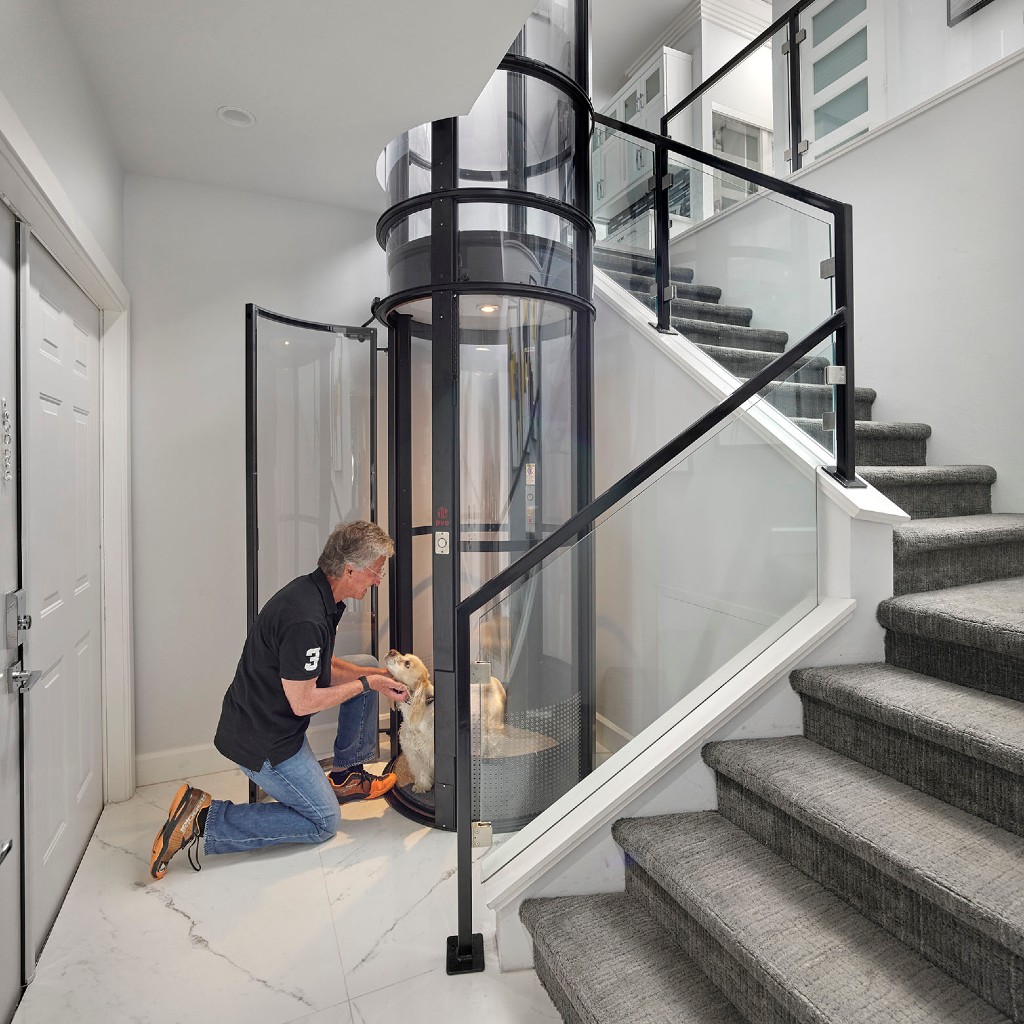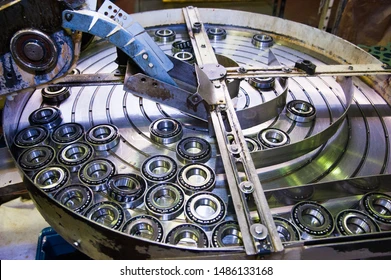Military-Grade Safety for Home Elevators: The New Standard

The home elevator market is experiencing a quiet revolution. No longer a luxury reserved for the elite, residential elevators are becoming essential features in modern homes, driven by aging populations, accessibility needs, and the desire for convenience. But as global uncertainties rise—from natural disasters to cyber threats—homeowners are demanding more than just comfort. They want military-grade safety and resilience in their vertical mobility solutions.
Why Military-Grade Safety?
Military engineering is synonymous with durability, reliability, and preparedness for the unexpected. As these principles make their way into home elevator design, they are setting new benchmarks for safety and resilience. Homeowners are now seeking elevators that can withstand extreme conditions, operate during power outages, and protect against both physical and digital threats.
Advanced Emergency Systems
One of the hallmarks of military-grade elevators is their AI-based emergency routing. These systems use real-time data to determine the safest and fastest escape routes during emergencies such as fires, earthquakes, or security breaches. Unlike traditional elevators that may simply shut down during a crisis, these advanced systems can continue to operate in a controlled manner, guiding occupants to safety.
Additionally, offline operation capabilities ensure that elevators remain functional even if the building loses power or internet connectivity. Backup batteries, redundant control systems, and manual override features are now standard in high-end residential elevators.
Anti-Seismic and Disaster-Ready Construction
With climate change fueling more frequent and severe natural disasters, resilience is no longer optional. Military-grade home elevators are built with anti-seismic technologies, reinforced shafts, and shock-absorbing materials. These features allow the elevator to remain operational and safe during and after earthquakes or other structural shocks.
Some models also include flood-resistant components and fireproof cabling, ensuring that the elevator is not a point of failure during multi-hazard events. For homeowners in disaster-prone areas, these innovations offer peace of mind that standard elevators simply cannot match.
Cybersecurity and Electronic Shielding
In the digital age, elevators are increasingly connected to smart home systems, making them potential targets for cyberattacks. Military-grade elevators incorporate electronic shielding and robust cybersecurity protocols to prevent unauthorized access or manipulation. Encrypted communication channels, biometric authentication, and real-time threat monitoring are becoming common features.
This level of protection is especially important for high-profile individuals or those who prioritize privacy and security in their homes. As smart homes become more interconnected, the need for secure elevator systems will only grow.
AI-Driven Predictive Maintenance
Borrowing from military logistics, these elevators use AI-driven predictive maintenance to ensure optimal performance at all times. Sensors continuously monitor the health of every component, predicting wear and tear before it leads to failure. Maintenance schedules are dynamically adjusted based on real-world usage, reducing downtime and extending the lifespan of the elevator.
This approach not only enhances safety but also reduces long-term maintenance costs, making military-grade elevators a smart investment for homeowners.
User Experience and Accessibility
Despite their robust construction, these elevators do not compromise on user comfort or accessibility. Features such as voice-activated controls, customizable cabin interiors, and smooth, quiet operation are standard. The focus is on creating an elevator that is both a fortress and a sanctuary—secure, reliable, and pleasant to use.
The Growing Demand for Resilience
The demand for military-grade safety in home elevators is being driven by a combination of factors:
Aging populations: More homeowners are installing elevators for accessibility, making safety a top priority.
Climate change: Increased frequency of natural disasters is pushing demand for disaster-ready solutions.
Smart home integration: As homes become more connected, cybersecurity becomes a critical concern.
Rising security awareness: Homeowners are more aware of potential threats and want systems that can withstand both physical and digital attacks.
Future Outlook
As technology continues to evolve, expect to see even more advanced features in home elevators—such as AI-powered threat detection, integration with home security systems, and materials engineered for extreme resilience. Elevator companies are investing in research and partnerships with defense contractors to bring the latest innovations to residential markets.
Finally
Military-grade safety and resilience are no longer exclusive to government or commercial buildings. They are rapidly becoming the new standard for home elevators, offering unmatched protection, reliability, and peace of mind. For homeowners who refuse to compromise on safety, these elevators represent the pinnacle of modern engineering.
"Military-grade home elevators are redefining what it means to feel safe and secure in your own home, setting a new benchmark for the entire industry.
Note: IndiBlogHub features both user-submitted and editorial content. We do not verify third-party contributions. Read our Disclaimer and Privacy Policyfor details.







